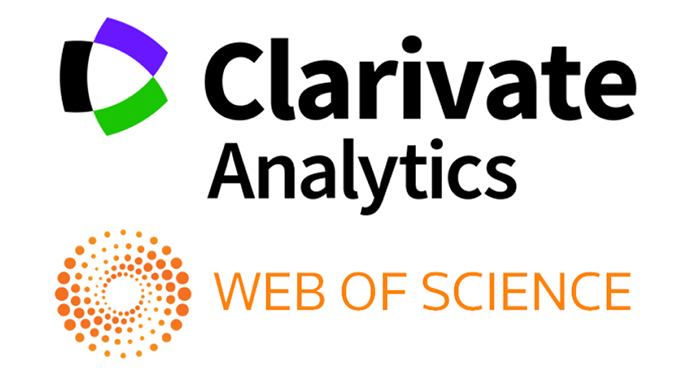METHODS OF USING INFORMATION TECHNOLOGIES IN THE DEVELOPMENT OF COMMUNICATIVE COMPETENCIES OF FUTURE LINGUISTS
Keywords:
Information technologies, communicative competencies, linguistics, education, technological tools, language learning, cultural perception, educational process, linguistics students, effective learning.
Abstract
This article explores the methodology of using information technologies in the process of developing communicative competencies among linguist students. Modern technological innovations provide unique opportunities for improving communication skills and language training of future linguists.
References
1. Anderson, T., & Dron, J. (2011). Three generations of distance education pedagogy. The International Review of Research in Open and Distributed Learning, 12(3), 80-97.
2. Warschauer, M., & Meskill, C. (2000). Technology and second language learning. Handbook of research on teaching English language arts, 777-792.
3. Stockwell, G. (2010). Using mobile phones for vocabulary activities: Examining the effect of the platform. Language Learning & Technology, 14(2), 95-110.
4. Kukulska-Hulme, A., & Shield, L. (2008). An overview of mobile assisted language learning: From content delivery to supported collaboration and interaction. ReCALL, 20(3), 271-289.
5. Warschauer, M., & Ware, P. (2006). Automated writing evaluation: Defining the classroom research agenda. Language Teaching Research, 10(2), 157-180.
6. Hubbard, P., & Levy, M. (2006). The scope of CALL education. In Computer-assisted language learning: Diversity in research and practice (pp. 21-47). Cambridge Scholars Publishing.
7. Arnold, N., & Ducate, L. (2011). Collaborative writing in wikis: Insights from culture projects in German for beginners. Language Learning & Technology, 15(1), 82-102.
2. Warschauer, M., & Meskill, C. (2000). Technology and second language learning. Handbook of research on teaching English language arts, 777-792.
3. Stockwell, G. (2010). Using mobile phones for vocabulary activities: Examining the effect of the platform. Language Learning & Technology, 14(2), 95-110.
4. Kukulska-Hulme, A., & Shield, L. (2008). An overview of mobile assisted language learning: From content delivery to supported collaboration and interaction. ReCALL, 20(3), 271-289.
5. Warschauer, M., & Ware, P. (2006). Automated writing evaluation: Defining the classroom research agenda. Language Teaching Research, 10(2), 157-180.
6. Hubbard, P., & Levy, M. (2006). The scope of CALL education. In Computer-assisted language learning: Diversity in research and practice (pp. 21-47). Cambridge Scholars Publishing.
7. Arnold, N., & Ducate, L. (2011). Collaborative writing in wikis: Insights from culture projects in German for beginners. Language Learning & Technology, 15(1), 82-102.
Published
2024-01-28
How to Cite
Muattarxon NO‘MONXONOVA. (2024). METHODS OF USING INFORMATION TECHNOLOGIES IN THE DEVELOPMENT OF COMMUNICATIVE COMPETENCIES OF FUTURE LINGUISTS. News of the NUUz, 1(1.1.1), 170-173. https://doi.org/10.69617/uzmu.v1i1.1.1.725
Section
Articles


.jpg)

1.png)







